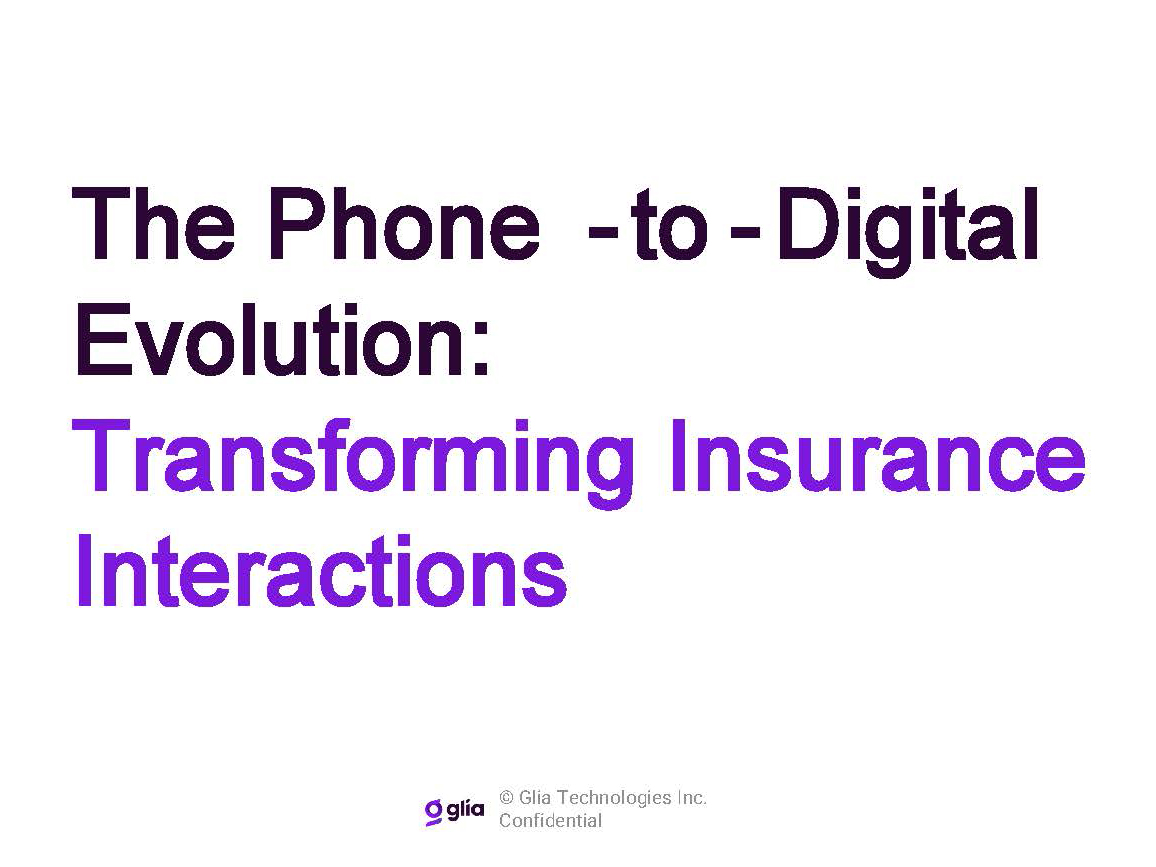Claims Handling
These Big Data Tools Are Actually Impacting Claims

When we say “Big Data,” we’re talking about the ever-increasing amount of digital information being generated and stored. Companies are investing in technologies such as satellite imagery, artificial intelligence (AI) and blockchain to enhance the assessment of losses, settling of payments and other parts of claims handling.
Big data has a role in these technologies and in how the assessments play out.
In the case of low-value, low-complexity property damage claims, the most sanguine views foresee a future where losses will be paid automatically after high-quality images are safely sent by the policyholder to the insurer.
AI will make decisions by comparing the claim to extensive data banks of similar loss events. If indemnification is due, payments will automatically be ordered via blockchain-enabled smart contracts.
Complex property damage and liability losses present a different set of challenges, and it looks unlikely that human interaction will ever be completely bypassed. But novelties — like AI and drones — can help to shorten the life cycle of even the most complex claims.
Accelerating the Claims Process
Loss adjusting firm Crawford & Company claims it can reduce the time it takes to handle certain types of claims from 30 to 4.7 days, thanks to the use of drones in accelerating inspections. The drone-sharing system developed by WeGoLook, an Insurtech Crawford & Co acquired last year, was put to the test after hurricanes swept through the United States and the Caribbean in 2017.
“We deployed drones in Puerto Rico as the airport was closed after the hurricane, and adjusters were not able to fly into the island,” said Rohit Verma, chief operating officer, Crawford & Company.
“We then activated some WeGoLook members who were able to take initial pictures that we shared with insurers, so that they could take a quick first look at the damages.”
He said these technologies not only accelerate the process but also reduce the claims settlement costs by 20 to 30 percent compared to traditional methods.
Incorporating New Technologies
Satellite imagery and smartphone applications are also being deployed to quickly and safely capture visual data.
Loss adjusting company Cunningham Lindsey (recently acquired by Sedgwick) has developed a number of projects.
The app iSite, for example, enables adjusters to make high-definition images of a loss site that can then be turned into a film and safely shared with other participants in the process, said Neil Gibson, the company’s loss adjusting services director.
The company also employs satellite imagery provided by third-party suppliers to assess losses in war-torn areas, he added.
The company introduced a Facetime-like messaging application policyholders can use to establish a safe line of communication with the underwriter. Information provided is immediately shared with the several parties involved.
“Technology frees people up and gives them more time to focus on customer service and other important activities,” said Dave Fitzgerald, global chief claims officer, Starr Companies.
But simply launching new technology is not enough. Insurers need to ensure the data collected is properly crunched and turned into palpable benefits for clients.
That’s where machine learning and AI come into play, as they enable claims departments to quickly identify patterns that will inform more efficient decisions.
“When we start looking at indicators, and we get into predictive analytics, we can establish which files will have the most impact in a given day,” Fitzgerald said. “We can then set up a proactive diary with our adjusters.”
He added: “We can get claims to adjusters quicker. As we integrate technologies, tasks that were handled by our adjusters can be handled by third parties, such as independent adjusters. In the case of statutory lines such as workers’ comp, the system reminds claims officials of when forms need to be filed again.”
Data Analytics’ Role in Claims
In-depth data analysis can lead to preventive measures that will reduce the impact of future losses, Fitzgerald said. “IT can help with loss avoidance as the deep knowledge of insured issues and past claims can help red-flag issues for loss control services.”
The predictive capabilities of data analytics should eventually benefit even complex liability cases, according to experts.
For example, they can enable claims departments to look for particular nuggets of information among thousands of court cases and media reports with one click instead of sending someone to manually dig for data in paper files or internet searches.
“Shortage of data is not a problem for organizations. The problem is that the wealth of data that they have may not be stored in a structured form.” — Rajesh Iyer, head of data science, Xceedance
“We are using data analytics to look at the litigation probability of a case,” Verma said. “By making a recommendation to the insured or the insurers, we can help to close a case faster if we think there is a high probability of it leading to litigation.
“We can also look at litigation outcomes, based on the type of claim, the parties involved and other factors, in order to accelerate the claims.”
Rajesh Iyer, head of data science for Xceedance, an IT consulting firm, noted that AI and machine learning have the potential to boost “judgment tasks” within the claims handling process, which rely on the data accumulated by insurers while evaluating losses.
“Shortage of data is not a problem for organizations. The problem is that the wealth of data that they have may not be stored in a structured form.”
Incorporating Blockchain
Blockchain is the next frontier.
At least in theory, as blockchain systems allow parties of an insurance policy to add and share information securely via a common but unique ledger that creates new records for every single change, they make it possible to set up smart contracts that will trigger payments automatically, once agreed conditions are met.
“If a loss happens, participants can get information immediately around the claim, including pictures and reports, speeding up its resolution,” said Shawn Crawford, global insurance leader at EY, a consultancy firm.
Blockchain technology also lowers fraud risk, removing another hurdle to the quick settlement of claims.
The challenge for many underwriters and service providers is to have the financial muscle to develop the technologies that can turn claims handling into a more efficient job.
To dodge this difficulty, many are opting to partner with innovative FinTech companies that, as Fitzgerald noted, force established firms to continuously question old industry practices.
Lloyd’s underwriter Brit is one of them. It has an agreement with online banking platform Vitesse to streamline the management and tracking of loss funds, a common source of claim settlement delay.
Sheel Sawhney, Brit’s global head of claims, said the system enables the company’s partners to make direct payments to policyholders at a lower cost, while automatically performing tasks such as sanctions vetting.
“What’s more, we have full visibility of payments and balances, and it positions us to further reduce the time it takes to pay claims.” &












